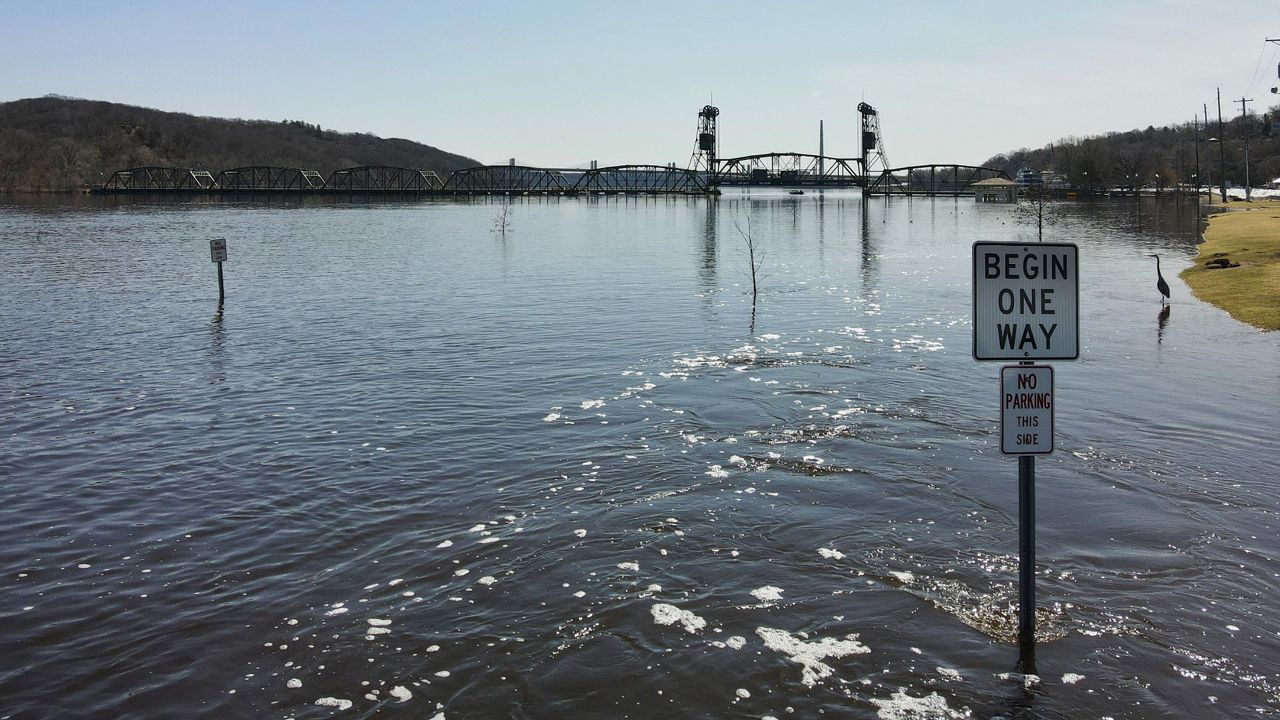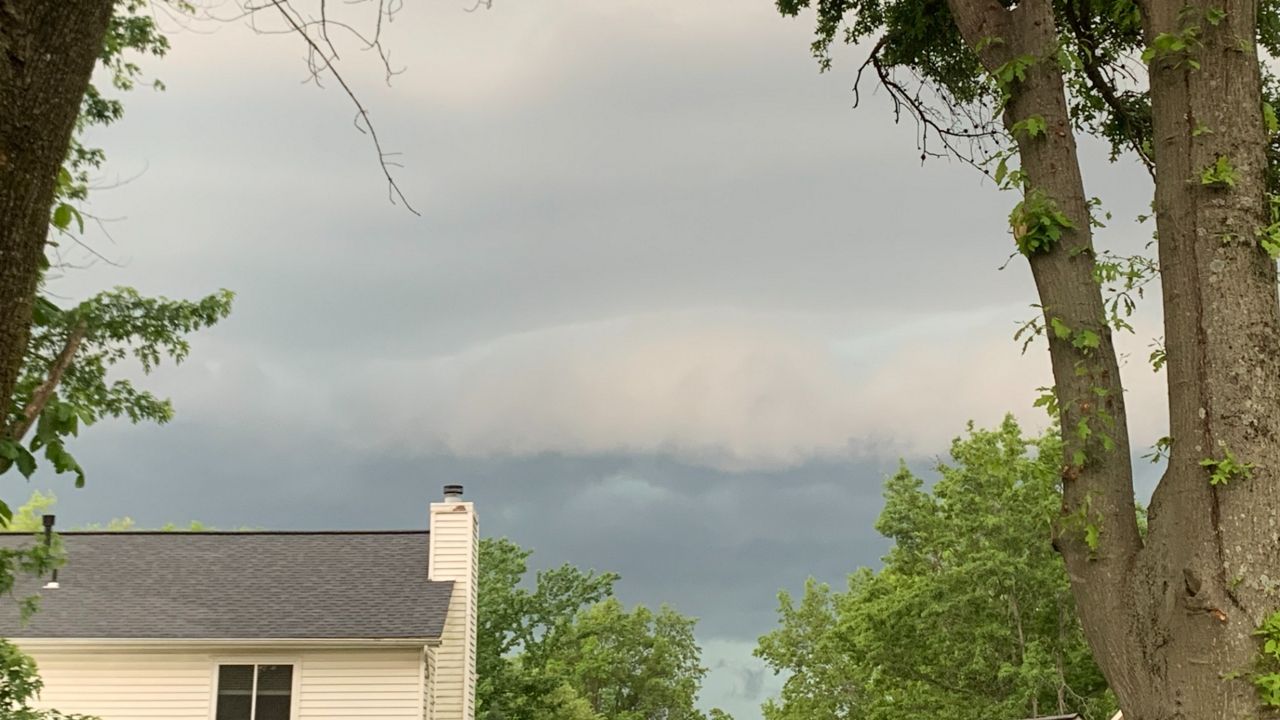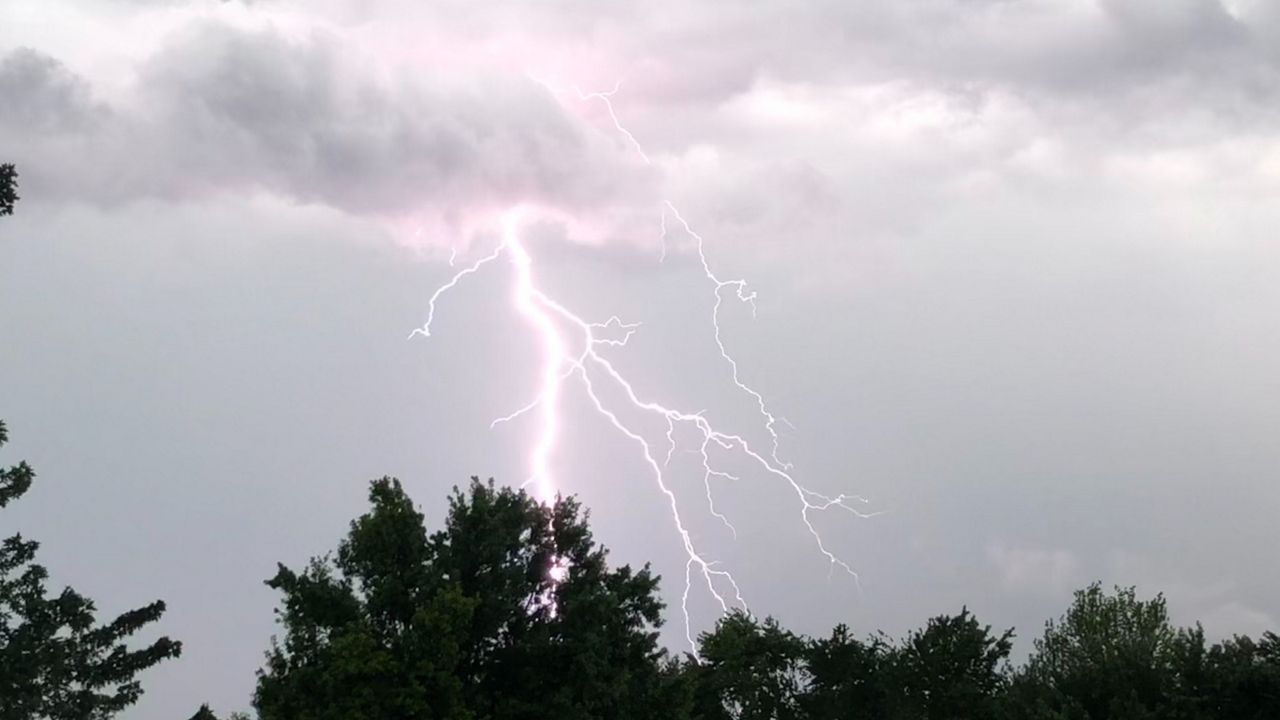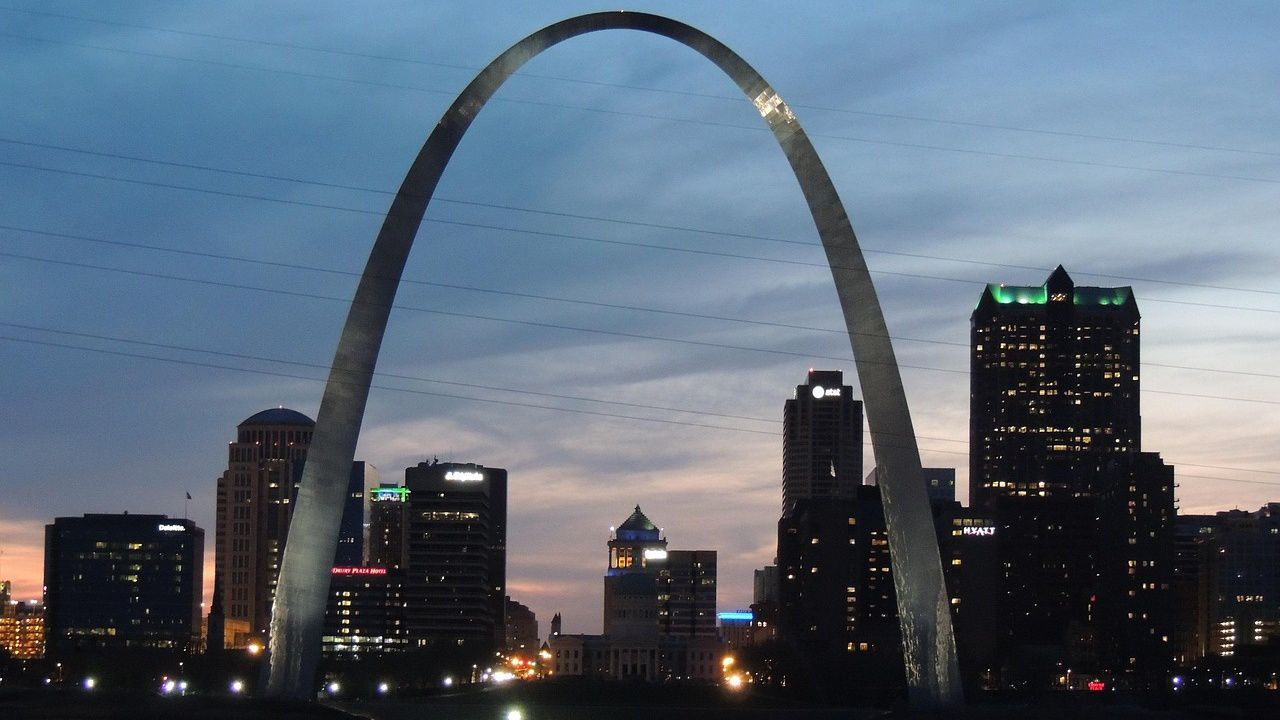With record-breaking winter snows along the Upper Mississippi River, the spring thaw means the risk of flooding downstream. La Crosse, Wis. has already seen low-lying areas flood, and other cities, including Davenport, Iowa, are bracing for the worst.
Are we looking at similar conditions from spring 2019, where flooding along both the Missouri and Mississippi Rivers left streets and trails closed for months? Here’s what you need to know about St. Louis’ spring flooding risk along the Mississippi River.
Senior Service Hydrologist Mark Fuchs, with the National Weather Service in St. Louis, assured me we are not looking at a repeat of Spring 2019.
“Right now, we see no indication that this summer will bear any resemblance to 2019. Of course, that could change if large-scale thunderstorm complexes begin dropping widespread significant rainfall on both the lower Missouri River and upper Mississippi River basins,” like what happened in May 2019.
However, May 2023 doesn’t show a strong signal for the above-normal precipitation for the Mississippi basin. In fact, adds Fuchs, “the latest outlook released shows a likelihood of below average rainfall over Wisconsin and eastern Minnesota, northeastern Iowa, and northern Illinois.”
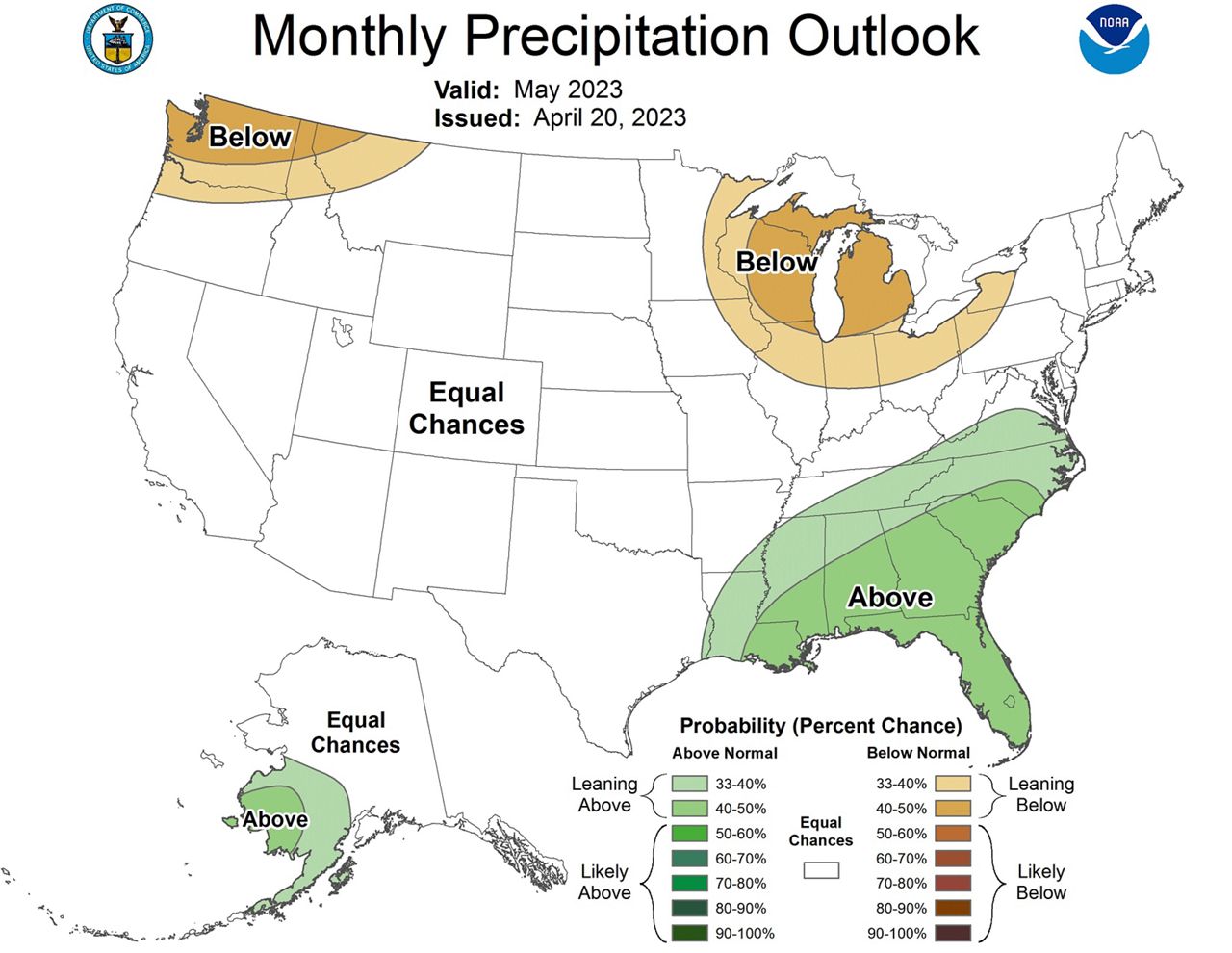
As for any flooding concerns, “No impact is expected in the St. Louis metro, thanks to low lateral inflow coming from the Missouri and Illinois rivers,” which wasn’t the case in 2019.
He adds, “The greatest threat of flooding will remain along the upper Mississippi River, upstream of Grafton, Ill. The lower Missouri and lower Mississippi should remain with relatively low flood probabilities into the summer.”

As for the type of flooding, “We’re looking at high-end minor to low-end moderate flooding. This typically entails road closures and possibly a boat club or two, possibly railroad tracks, and a few riverside parks. What you should not see is residences or businesses getting flooded, though one marina might get water on its lowest floor.”
And while the news of no flooding expected in the St. Louis area remains good news, the lack of rain can actually create a larger problem.
Fuchs explains, “There is an increasing potential of drought across this part of the country if we don’t experience at least normal precipitation over the remainder of the spring months.”
The latest drought outlook already shows abnormally dry to moderate and even severe drought conditions across nearly 27% of the state, including Jefferson City.
This is up from about 14% just a week ago and with no significant rains forecasted over the next week, these drought conditions are likely to get worse.
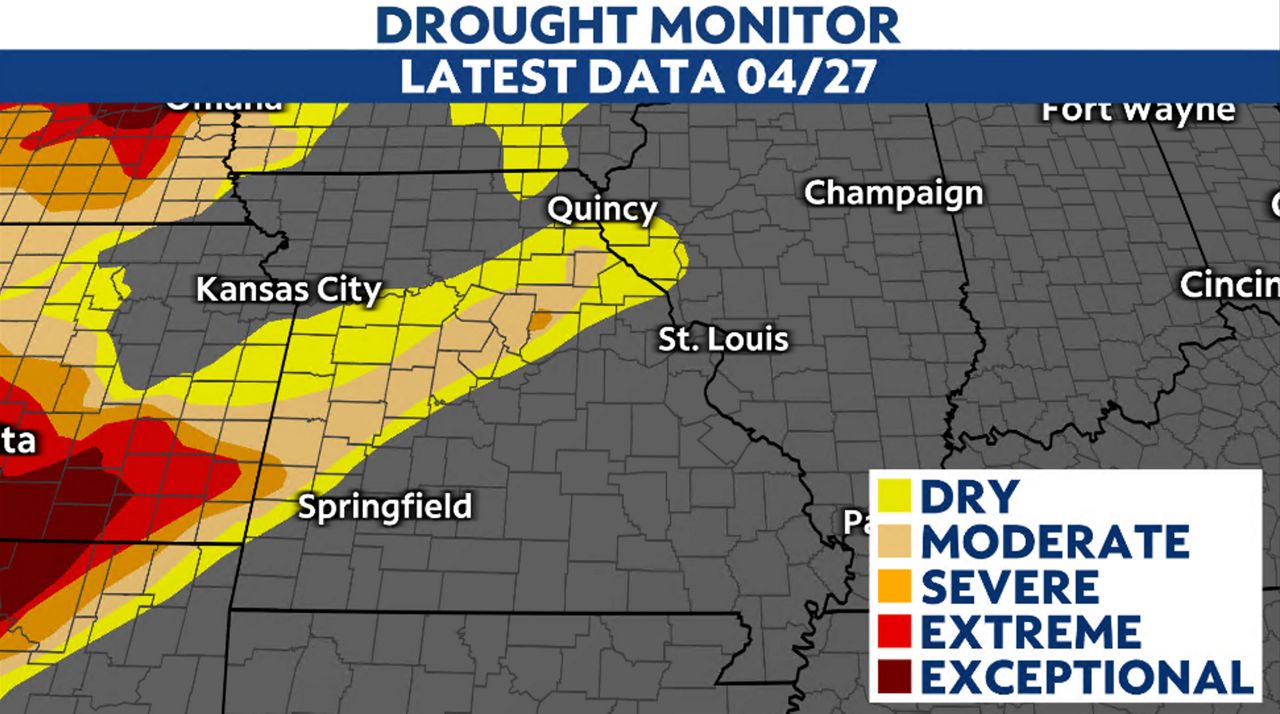
Drought across the state would cause its own set of problems, just like we witnessed last summer with nearly 75% of the state under some sort of drought condition.
Our team of meteorologists dives deep into the science of weather and breaks down timely weather data and information. To view more weather and climate stories, check out our weather blogs section.





